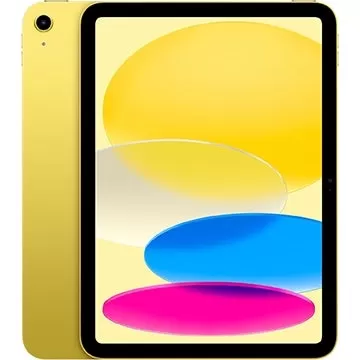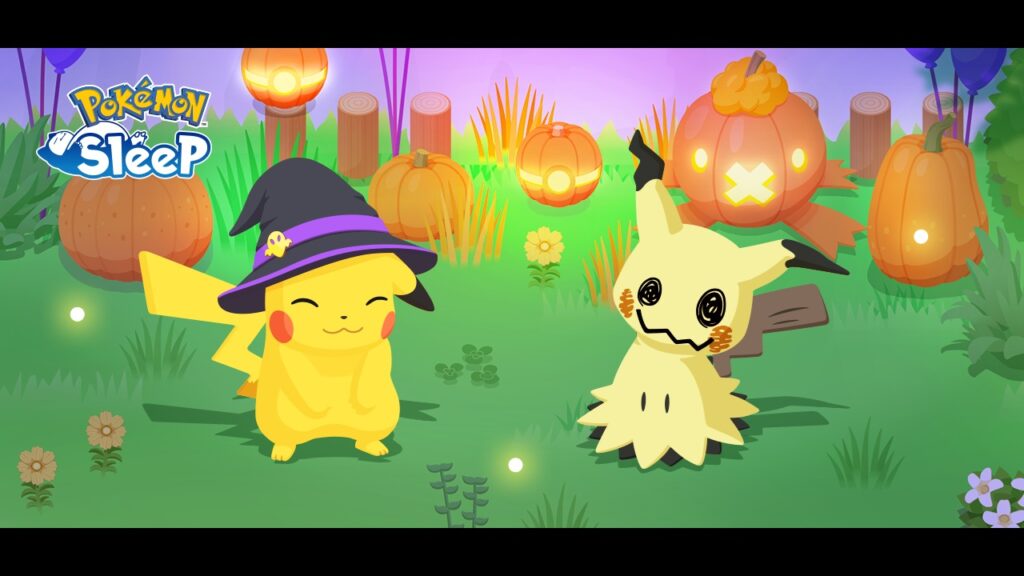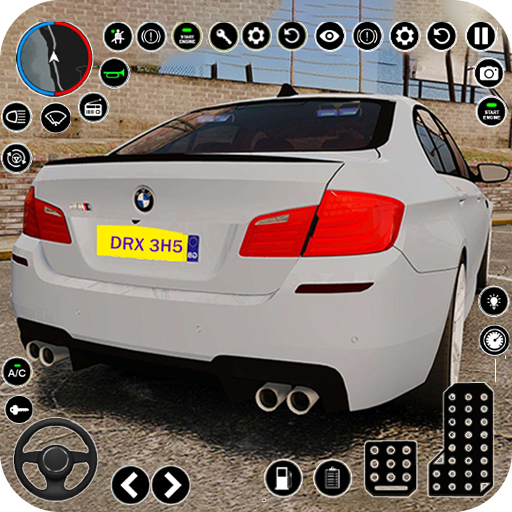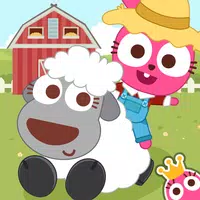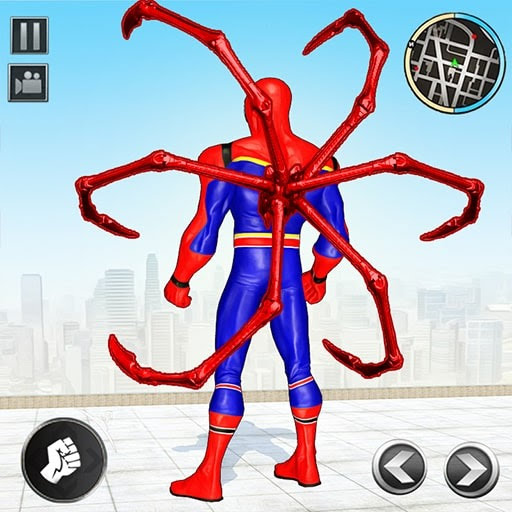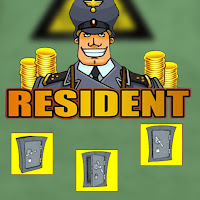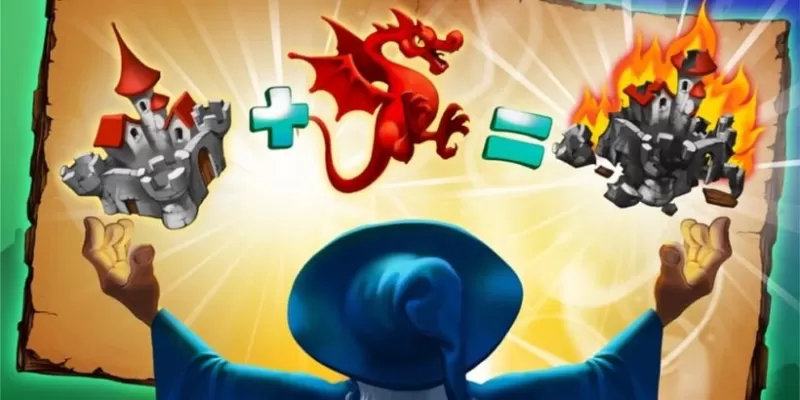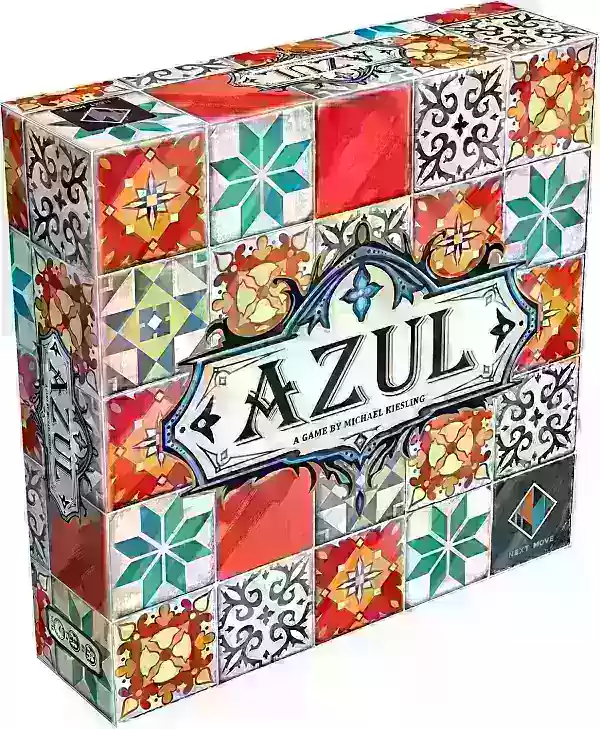
Application Description
Learning to read Spanish and mastering the alphabet is a crucial skill that lays the foundation for a child's educational journey and future success. It's essential to start this learning process early, ideally during preschool and the initial years of elementary school, as it forms the basis of all academic and professional endeavors in later life.
Children today are digital natives, naturally drawn to computers and tablets. This affinity for technology presents a golden opportunity to reinforce and enhance what they are learning in school through interactive digital tools.
Method
Our method, "Learn to Read Spanish with Phonics," is tailored for children aged 3 to 6 or 7, and even adults looking to refine their pronunciation. The program is structured into a section for tracing letters and 30 lessons that progressively introduce vowels and consonants, starting with L, M, S, T, P, N, D, F, H, C, Q, CH, G, GUE, R, -rr-, B, V, J, GE, GUE, Y, Z, CE, LL, X, K.
Each lesson features 11 engaging games, available at two difficulty levels, making it an ideal resource for parents and educators aiming to help children practice and master their first syllables and words in Spanish. The approach encourages children to listen and engage with the exercises, emphasizing that understanding every detail isn't necessary at this stage.
Learning to read is a gradual process that may span over a year. We recommend daily practice sessions, revisiting previously learned material, and adjusting the type and level of exercises to keep the learning experience fun and game-like.
Levels
All games within our program offer two difficulty levels, which can be adjusted at any time to suit the child's pace. The first level is designed for children as young as three, and sometimes even younger with assistance from parents or educators. The second level presents more complex challenges, encouraging children to solve them independently while ensuring the learning process remains enjoyable.
As a parent or guardian, it's crucial to match the difficulty level to the child's abilities without pressuring them to rush through the levels or advance prematurely.
Abilities
Our program enhances several key skills:
- Visual and auditory memorization
- Identification and association
- Discrimination
- Understanding
- Literacy
Options
On the home screen, users can:
- Enable or disable background music
- Choose to play in full screen
Within the Tikis menus, additional options include:
- Changing the font to uppercase, lowercase, or cursive handwriting
- Enabling or disabling automatic activity, which switches to another game after a set number of exercises
- Shuffling the syllables for varied practice
Achievements
The program allows for the creation of up to three profiles (avatars) for different children, tracking each child's progress across levels, correct and incorrect answers, and representing their achievements as a percentage in the form of fruits. These fruits serve as a fun motivator, encouraging children to continue playing. When fruits are collected in the basket, they can be given to little aliens for added engagement.
For a detailed overview of progress, users can access the reports button on the Tikis screen.
Games
NEW THE ALPHABET:
Children can listen and learn to write each letter of the alphabet, syllables, and some words in various modes: trace, copy, and free mode. They can choose between three different types of letters: uppercase, lowercase, and handwriting.
For each lesson, there are 11 games designed to make learning fun and interactive:
- DOLPHIN: Introduction to the word and its components.
- BALLOONS: Identifying letters within a syllable.
- CLOUDS: Tracing the shape of each syllable.
- CRABS: Forming syllables from individual letters.
- BUTTERFLIES: Recognizing syllables.
- BEES: Identifying the initial syllable of words.
- SNAKE: Constructing words using syllables.
- MONKEYS: Building words from letters.
- PARROTS: Recognizing and reading words.
- MOUSE: Understanding the order of words and reading sentences.
- SNAILS: Creating sentences from words.
For any feedback or technical queries, please contact us at [email protected].
Screenshot
Reviews
Games like Learn to read Spanish

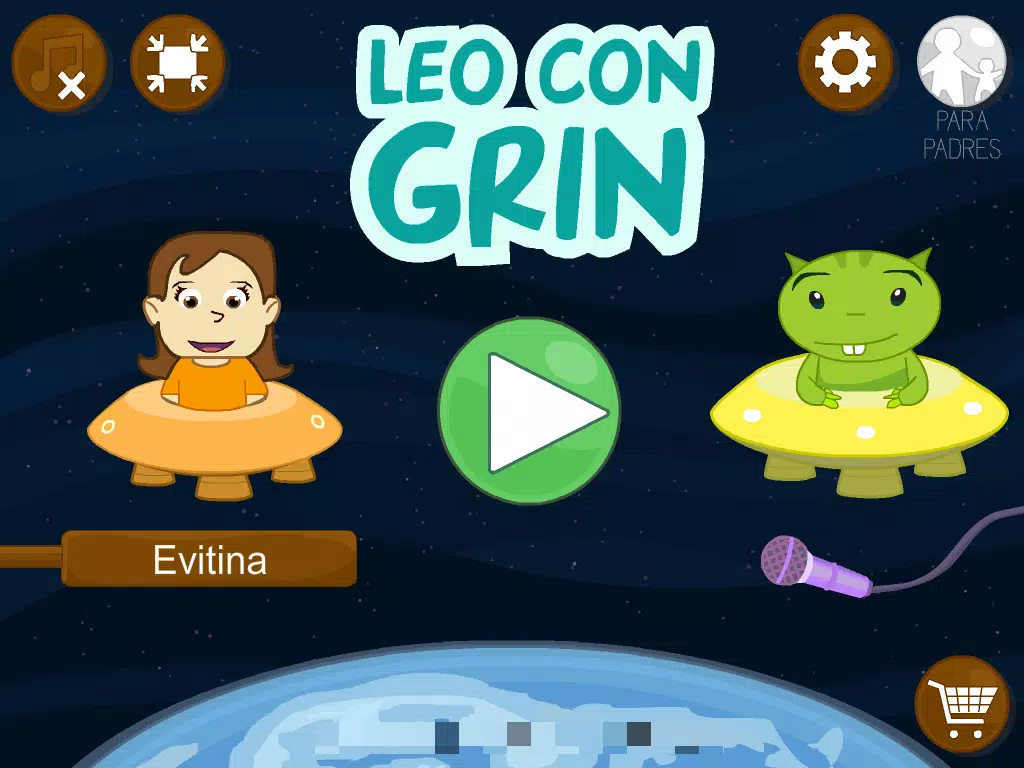
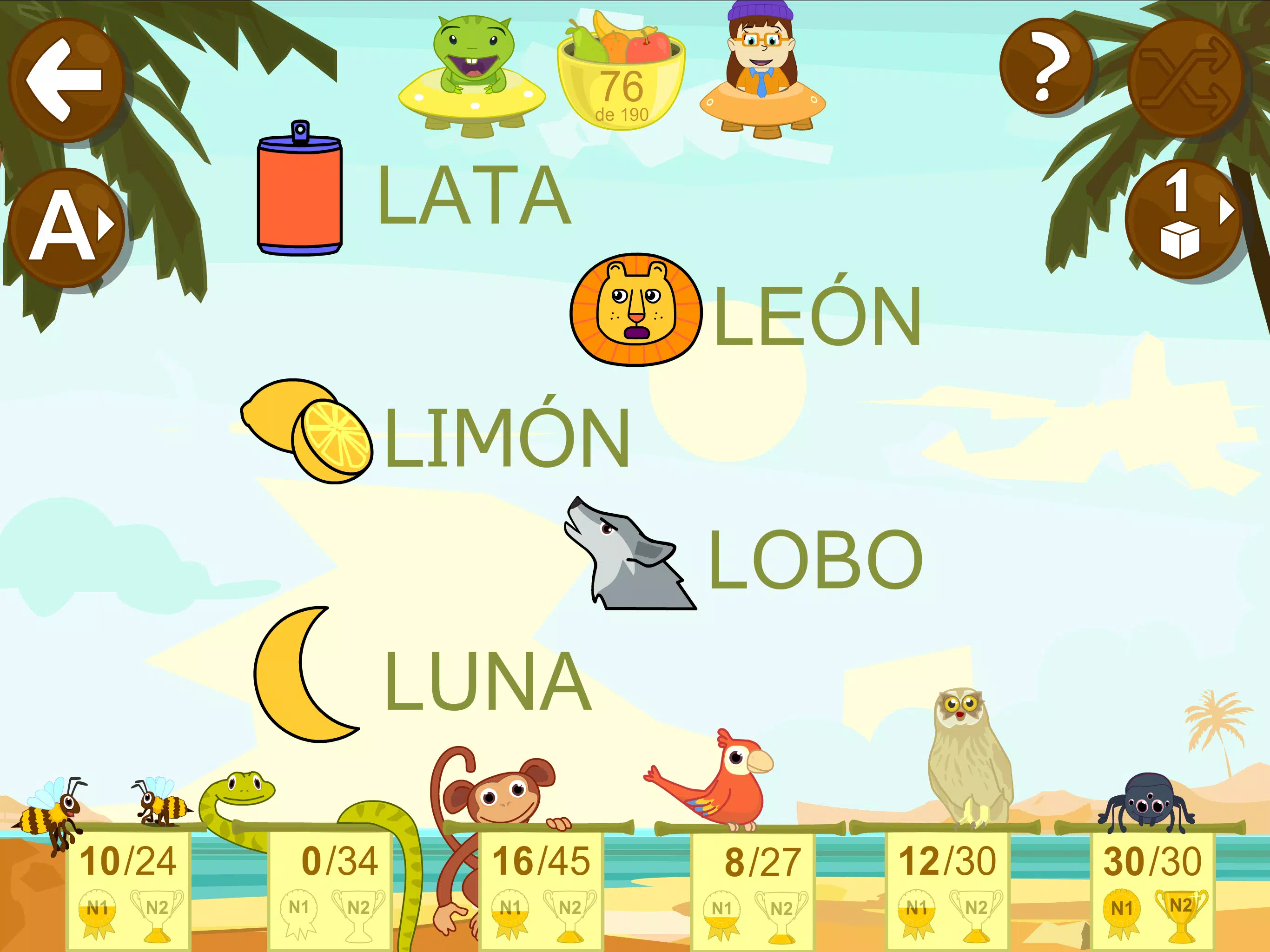
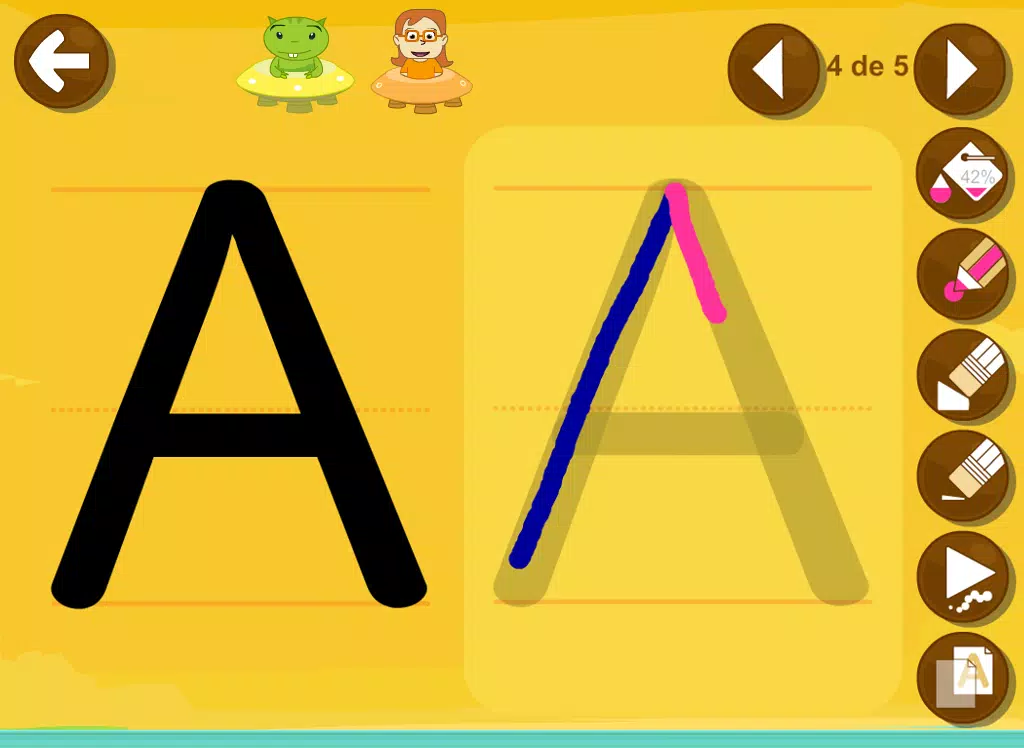
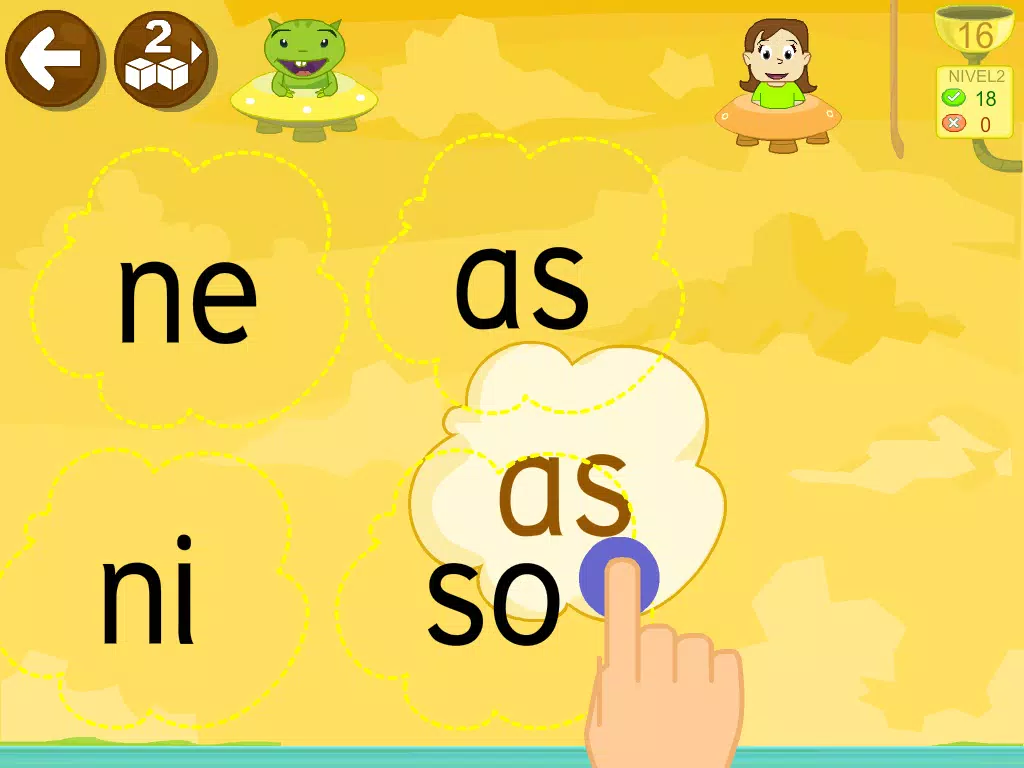

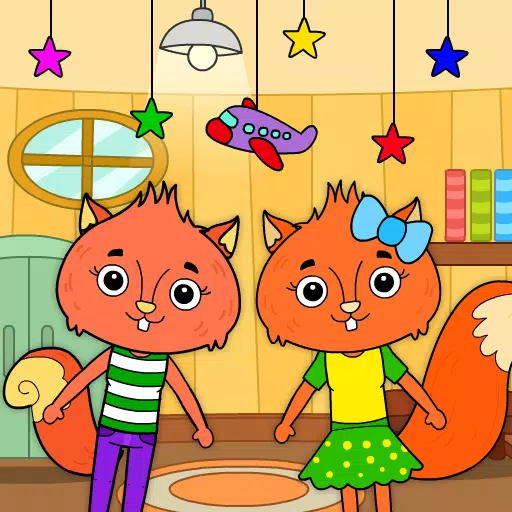


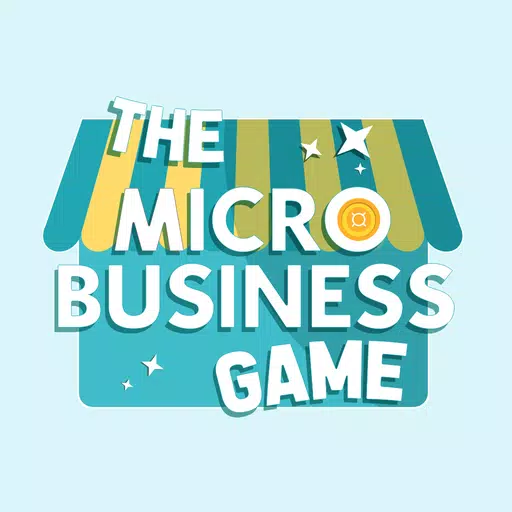

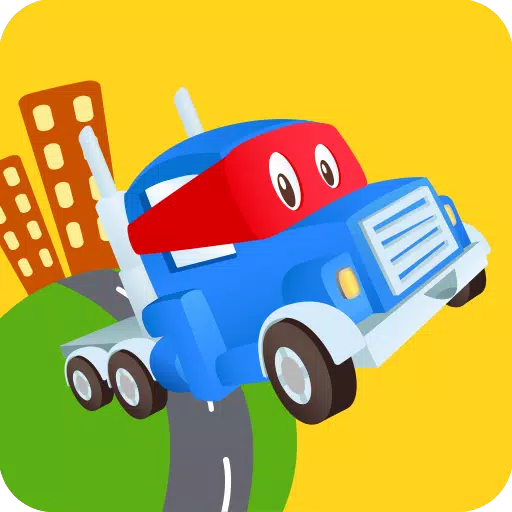
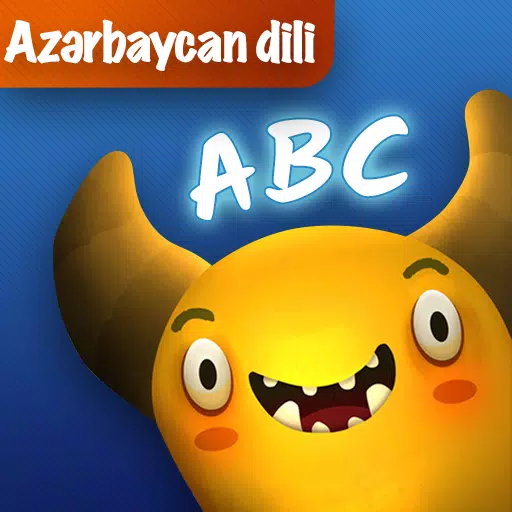
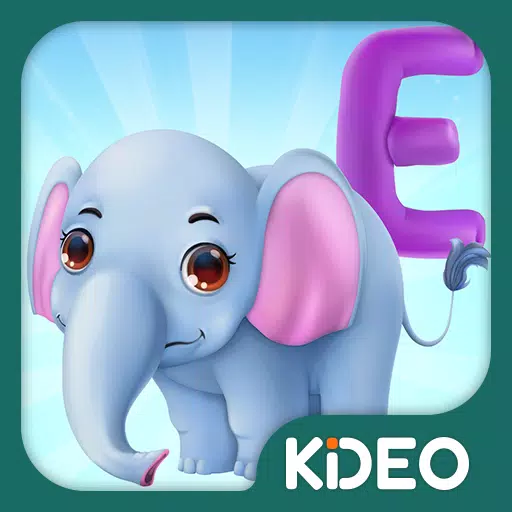




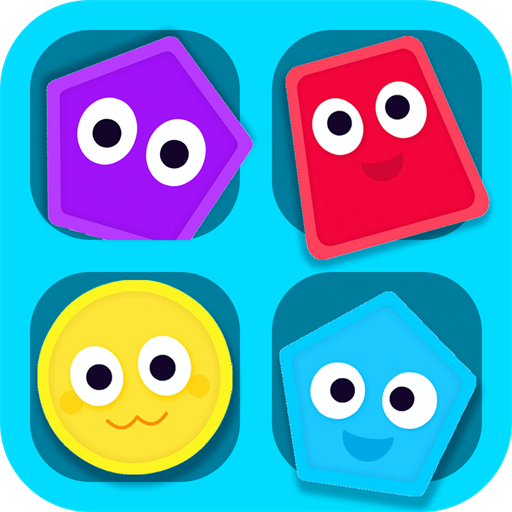

![1xBet [Updated]](https://imgs.yx260.com/uploads/76/1719623227667f5e3be7616.jpg)








